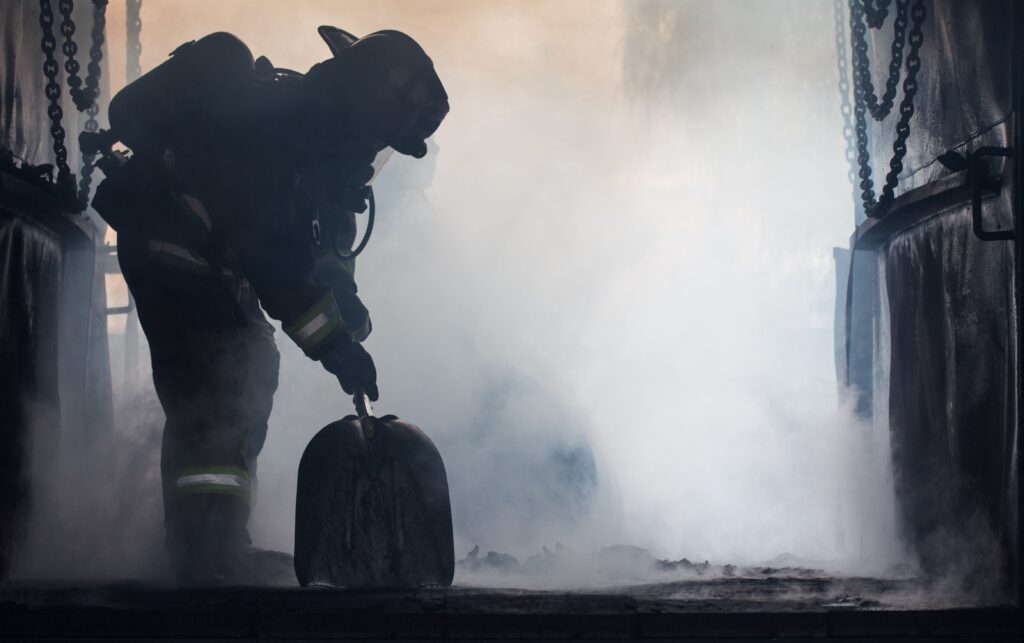When in a highly stimulating environment it is important to filter the stimuli and determine what is important and where it is coming from. Doing this quickly is vital for quick reactions and high performance, particularly in the tactical community.
This goes back to fast reactions requiring 3 steps: input, processing, output. The processing step of fast reactions is your brain going through the information that your sensory systems- such as hearing and vision- send to it.
There are a variety of different processing skills. One specific processing skill is the ability to quickly correlate a sound and visual stimulus as coming from the same event.
For example, associating the loud cracking noise and seeing a tree falling as sensory information coming from the same event. Screeching of tires and a car sliding quickly toward you is another example.
This is called the audiovisual temporal binding window- the skill of quickly processing the hearing and visual information as correlated.
This skill allows for a quick reaction to that information. The longer the processing of this information the longer it takes to react to get out of the way of the tree falling or car sliding. This processing speed is significant when being ½ second too slow has such high stakes.
Though this processing skill hasn’t been studied yet in individuals with history of a high number of subconcussive exposures, the processing speed has been shown to slow down in this specific area in individuals with history of concussion.[1] This means that it will take longer to associate the sound of the screeching tires as correlated with the sight of a car sliding toward you- ultimately resulting in taking longer to react.
You can be the fastest, strongest, and sharpest shooter, but if your processing speed is a ½ second too slow you won’t get the chance to create that output.
Don’t neglect training the sensory systems and processing speed, every millisecond counts.

How do you train the sensory systems for performance?
If you work with tactical athletes and want to learn how to train the sensory systems for improved reaction times and performance check out our course PREPARE FOR CHAOS.
Don’t omit this important piece of the performance puzzle from your training.
References:
- Wise, A., & Barnett-Cowan, M. (2018). Perceived simultaneity and temporal order of audiovisual events following concussion. Frontiers in human neuroscience, 12, 139.
